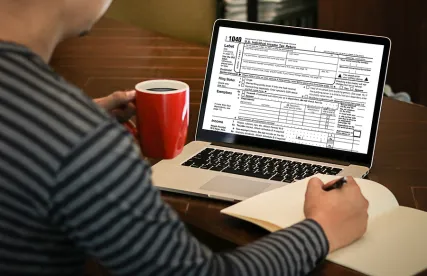Beginning in 2018, most partnerships (including LLCs and other arrangements treated as partnerships for tax purposes) will be subject to a new “centralized partnership audit regime.” The volume of Internal Revenue Service (“IRS”) audits of partnerships is expected to increase and the procedures controlling the audits will significantly change: (i) a single “partnership representative” will have sole authority to represent and bind the partnership; (ii) partners will not have audit notification and participation rights; and (iii) the partnership will either have to pay tax on “imputed underpayments” resulting from IRS audit adjustments directly or “push out” the consequences to current and former partners.
I. New Partnership Audit Regime Background
Under current rules, the IRS audits partnerships at the entity level and grants broad notification and participation rights to the entity’s partners. The IRS is required to pass any partnership-level audit adjustments through to each of the partners by way of separate assessment and collection actions. The centralized partnership audit regime replaces the current rules with “default” and alternative “push out” methods that significantly reduce the administrative burden on the IRS and materially alter the rights and expectations of a partnership and its partners with respect to notice, information, and/or payment.
a) Default Method
Under the default method, the IRS will determine any deficiency and assess and collect any tax, penalties, and interest at the partnership level. The partnership, thus, becomes the taxpayer for purposes of assessment and collection in the partnership tax year in which the proceeding concludes. The deficiency will be determined using the highest effective tax rate applicable to the partnership tax year under audit. A partnership may be able to reduce the imputed underpayment by demonstrating that there is partner-specific information reducing the liability, or that a particular partner has filed an amended tax return based on the partnership-level adjustment and paid the tax due. The means of obtaining information or requiring actions from partners will have to be set forth in an agreement between the partnership and its partners.
b) Alternative Elective Method
Under the alternative method, the partnership itself is not required to pay the additional tax resulting from an audit. Instead, the partnership can elect to “push out” audit adjustments to those individuals and entities who were partners in the year under audit, regardless of whether those partners have disposed of their partnership interests in the intervening years.
The push-out method transfers the burden of tracking down partners from the IRS to the partnership by requiring the partnership to track down and issue revised Schedules K-1 to all of the reviewed-year partners, and imposes a higher rate of interest on any underpayment.
c) Opt-Out for Small Partnerships
Certain partnerships with 100 or fewer partners consisting of individuals, estates of deceased partners, C corporations, S corporations, and certain foreign entities can make an annual election out of the new regime, provided that certain information regarding each of the partners is reported to the IRS. Partnerships whose partners include other partnerships, trusts, or disregarded entities will not be eligible to opt out. The IRS has stated that it will closely scrutinize all elections out of the new regime and will increase audits of partnerships that have made such elections.
II. Partnership Representative
The centralized partnership audit regime requires all partnerships to designate a partnership representative for the partnership tax year on its timely-filed federal income tax return. The partnership representative is granted the sole authority to act on behalf of the partnership and its partners in all partnership proceedings with the IRS, including the sole authority to settle a dispute, agree to a notice of final partnership adjustment, elect to push out an IRS adjustment to the reviewed-year partners, and extend the period of limitations on assessment.
The partnership representative may be a partner or a non-partner, and an individual or an entity, provided that the partnership representative has a substantial presence in the United States. If the partnership appoints an entity as the partnership representative, however, it must also identify an individual with a substantial U.S. presence and capacity to act on behalf of the partnership. To ease the burden on the IRS, the new rules limit the circumstances under which a designated partnership representative can be changed for a particular tax year.
Although the partnership may restrict the rights of the partnership representative under contract law, such as by requiring notice and consent of the other partners, the IRS is not bound by any provisions under state law, the partnership agreement, or any other agreement.
III. Current Actions
Partners and partnerships (including members and LLCs) should evaluate whether their partnership agreements appropriately protect their interests and provide for their desired audit regime through the use of indemnity, claw-back, notice, and mandatory voting provisions.






 />i
/>i

